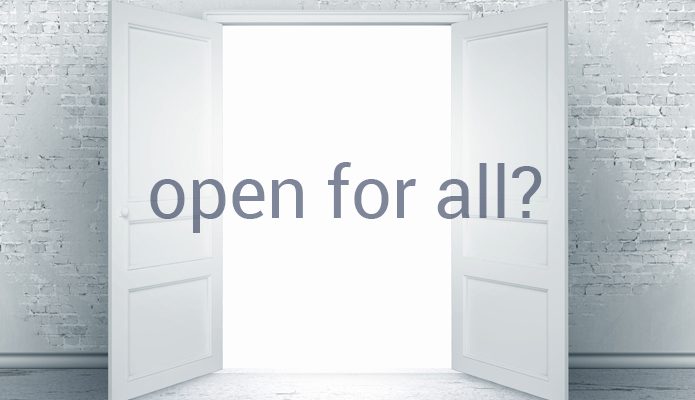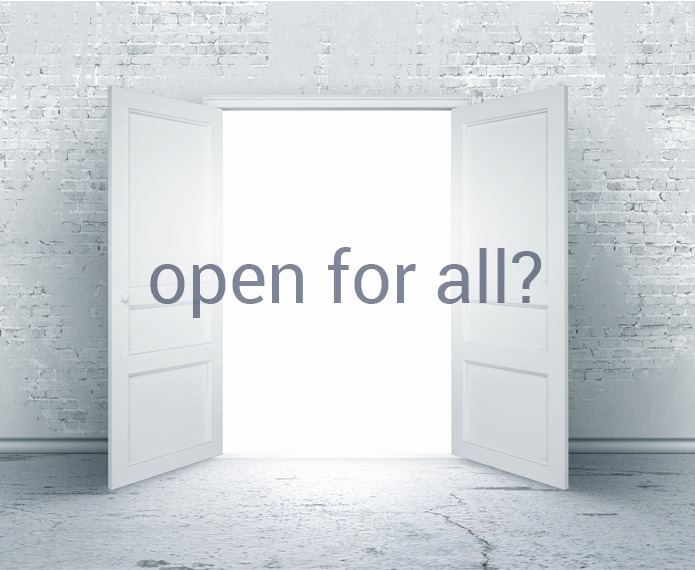The thinking of Comrade F. Dobler from the early 20th century remains relevant and even prescient: those who need open access to information may be those who are fundamentally excluded from public libraries.

Services
The service structure should be determined by the purpose, values, vision and strategic directions of the public library. Form should follow function.
This will ensure that the right services are in the right places and at the right times. This will define the size and shape of the library network (the number and location of branches, opening hours), collections (size, range, formats) and programming (community development).
The strategic directions can be used as a Service Sieve. When an opportunity (project, idea, partnership, funding, other ) is presented to or identified by the public library it can be put through the Service Sieve. Each sieve represents a strategic direction. The more sieves that an opportunity can pass through will determine its priority level. If an opportunity passes through one sieve it will be a Level 1 (low) priority. If an opportunity passes through several sieves it will be a Level 5 (high) priority. If an opportunity does not pass through any of the sieves it will not be a priority and should not be taken forward. This enables the public library to say yes or no (with a strategic rationale) to new opportunities. This will facilitate the development of a realistic and achievable Service Plan.
Most service structures are driven by history, culture and opportunity rather than by strategy.
The size and shape of the library network was determined by historical settlement patterns. But demographics change, both in the size and composition of local communities. A library may have been built to meet the needs of a specific community which has changed or moved away completely. It’s a similar story with opening times. These may have been introduced for a specific reason at a moment in time which no longer applies. But service structures rarely keep up with the times and often become increasingly out of sync with the everyday lives of local people.
What may have been convenient 5 or 10 years ago may no longer fit current day lifestyles.
The service structure needs to be reviewed on a constant basis so that ongoing amendments can be made to keep the public library relevant. This process is best organized in partnership with staff, the local community and partners. They can provide information and verification of local circumstances which could impact on patterns of library use and non use.
The traditional starting point was to develop a community profile which would describe the public library catchment area. These profiles were often heavily reliant on data from the Census and other official sources. The problem with this data-driven approach is that the information is often out of date and sometimes misleading. It paints a picture of the community which does not resemble the real situation. For example, official data is likely to undercount the socially excluded people who want to keep themselves off the radar of most government agencies, for a host of reasons. In this age of Big Data many citizens are justifiably concerned about who has access to their personal information and what is done with it.
Traditional community profiling can create a service structure which does not meet the needs of local communities.
In order to determine these needs the community must be actively involved and engaged in the community profiling process. This can happen either directly with the local community or via partnership organizations. The aim is to create a street level and people-driven community profile. At the end of the process (which is in fact ongoing and continuous) the profile can be presented back to the community with the vital question “Does this look like the place that you live, work and study in?”
This three-dimensional and up-to-date profile can then be used to inform any necessary changes to the service structure. The aim is to have a structure which is flexible and nimble and easy to change. Building-based services should only form part of this structure. By their very nature they are fixed and cannot be moved. They rely on people making the effort to visit them, either in person or virtually.
The Catch 22 of increasing e-use of public libraries is that in time it could make the public library building and its staff redundant. That is why the focus should be more on public library services than buildings. Services can be delivered in a plethora of ways including mobile libraries, deposit collections, outreach and community development. A diverse economy of service delivery models creates a healthy and sustainable library environment.
If services are buildings-based then the emphasis should not just be on collections and programming and the traditional uses of library space. Focus should also be placed on the library providing democratic public space, which is at a premium in our increasingly commodified and consumerist societies.
The public library is unique in that it belongs to everybody. It is not owned by powerful vested interests. You do not have to have money or pre-requisites to use the library. Nobody should ask you “Why are you here?” You need no reason to use the library. It is yours as a right and a public good.
This sense of entitlement is already strongly felt by active users who tend to be white, middle class and educated. For others – the poor, the disadvantaged and the dispossessed – the library can sometimes feel “not for them”. This can be overcome by actively involving all sections of the community in the design, planning and delivery of library services.
John Pateman is the CEO / Chief Librarian of the Thunder Bay Public Library. The Open for All? column explores the nature of libraries and their commitment to openness.
